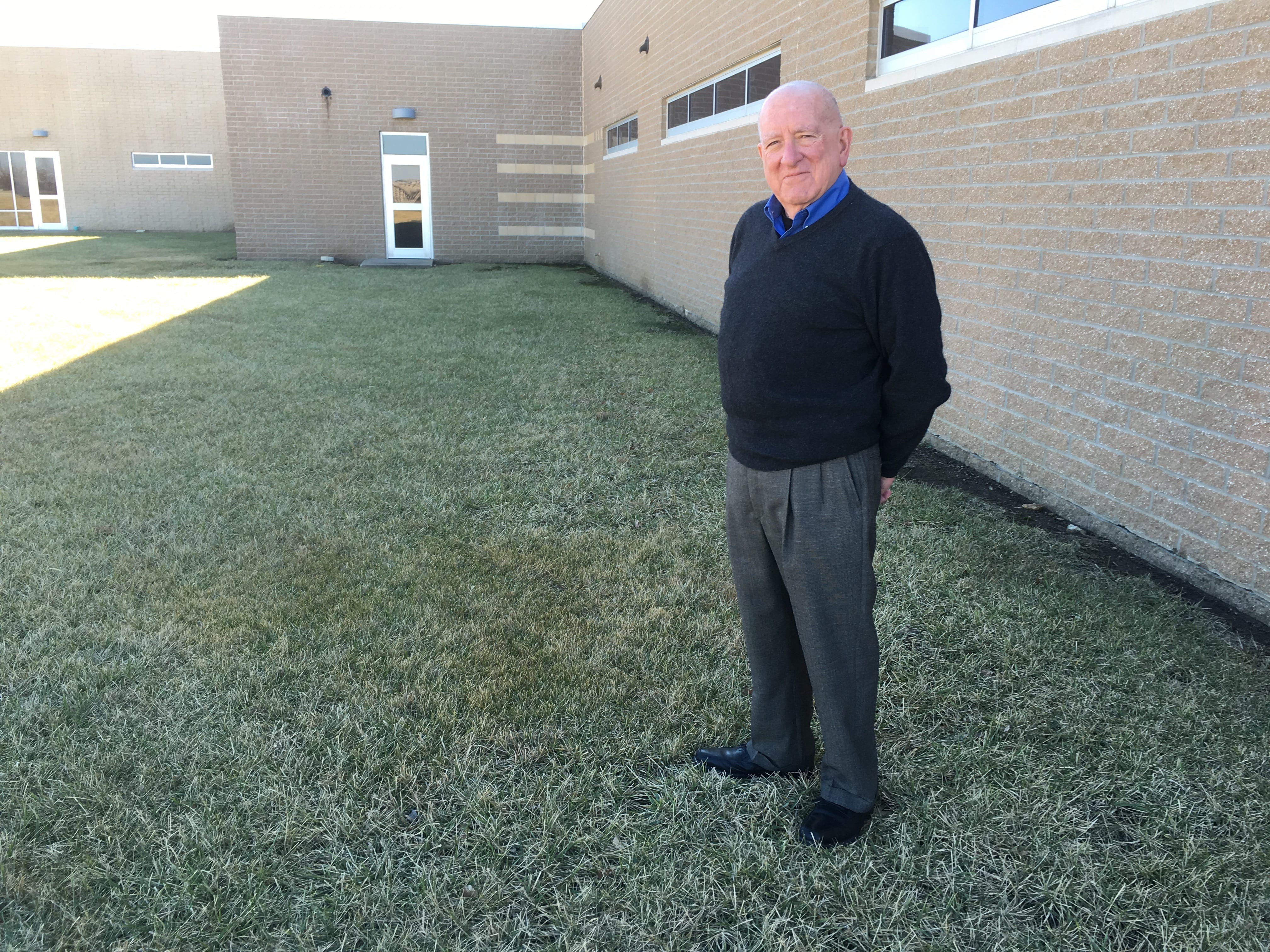Under the Surface A Story of the Fall — And Rebirth? — of a Respected Kansas Mental Facility
 Osawatomie State Hospital (File photo)
Osawatomie State Hospital (File photo)
Published July 29th, 2016 at 10:00 AM
Heartland Health Monitor partner KHI News Service conducted dozens of interviews to chart how Osawatomie State Hospital went from a respected facility to one that federal officials deemed too unsafe for Medicare patients and how the hospital could rebuild for the future. The full series is below.
Part I | Osawatomie State Hospital: A Leading Light For Mental Health Care Slowly Dims
The final federal inspections of Osawatomie State Hospital in 2015 painted a picture of a place where both employees and patients were in danger and low staffing levels compromised care.
It wasn’t always that way. At one time, the hospital was considered by some to be a leading light in treating people with serious mental illnesses.
The Centers for Medicare and Medicaid Services decertified OSH in December 2015 because inspections found dangerous conditions for patients and staff. Since then, the decertification has cost the state about $1 million per month in federal payments. It also has forced conversations in the Legislature and the administration of Gov. Sam Brownback about how to repair the damage done by years of underfunding and understaffing.
Federal officials started looking into safety issues at OSH because of a 2015 sexual assault, but the hospital’s troubles were hardly a sudden development. Like a bridge that collapses in a sudden twist of steel and concrete, the hospital had been under stress for years.
Part II | Higher Patient Count, Unsteady State Funding Made Waves For Osawatomie State Hospital
The problems that led federal inspectors to decertify Osawatomie State Hospital might have been prevented if a succession of Kansas governors and lawmakers had funded community-based mental health programs intended to reduce the need for state institutions.
Kansas had relied on state hospitals to care for its residents with mental illness for most of the state’s history. It gradually reduced that reliance throughout the 20th century, and legislators saw an opportunity in the 1990s to shift more people and services to community mental health centers, possibly eliminating the need for the hospitals. After Topeka State Hospital closed in 1997, the state had 340 public psychiatric beds, or about a third as many as it had at the start of the decade.
Successive governors and legislatures had implemented reforms in the 1990 Mental Health Reform Act to de-emphasize institutional care. But they didn’t follow through with the funding that community mental health centers needed to fulfill their role in the new system.
Part III | Staff Departures Create ‘Dangerous Situation’ At OSH
Administrators at Osawatomie State Hospital worked to maintain a delicate balance in 2011 as they struggled to cope with rising demand for care and funding that hadn’t kept up.
OSH superintendents had credited the facility’s experienced workforce for pulling it through lean times before, but that key source of stability soon would be diminished.
Kansas reduced its state hospital beds in the 1990s as part of an effort to treat more people with mental health issues in their communities. Lawmakers believed community-based treatment would be both more affordable and more humane for people with all but the most severe conditions.
But the Legislature and multiple administrations failed to fund community mental health centers at levels necessary to make the reform plan work, even in good fiscal times, and the situation only worsened when the Great Recession hit. Budget cuts for community mental health centers meant that state hospitals like OSH had less support even as the number of people in need of psychiatric treatment increased.
Part IV | Lack of security checks, patient violence create a ‘perfect storm’ at Osawatomie State Hospital
Years of problems at Osawatomie State Hospital reached a crisis point in the fall of 2015, when the sexual assault of a hospital employee by a patient triggered two failed inspections and the loss of federal funding.
Kansas had relied more on OSH after it reduced the number of state hospital beds in the 1990s. The idea was to put more money into community mental health services, but that hadn’t happened since the early 2000s — and those services actually lost money during the Great Recession.
The problems for OSH became worse in 2011, when the state used early retirement incentives to trim the hospital’s workforce but lost too many experienced employees. It all added up to fewer employees at OSH trying to take care of more patients with stagnant resources.
Inspectors from the federal Centers for Medicare and Medicaid Services found problems with treatment, patient safety and understaffing at OSH in 2014 and 2015. In one case, understaffing contributed to a patient’s death.
Still, they were willing to give the state more time to remedy the problems.
Part V | Added Staff, Budget Aim To Help Osawatomie State Hospital ‘Turn The Corner’
Kansas officials say Osawatomie State Hospital has made significant improvements since federal inspectors deemed it unsafe in December 2015, but mental health providers say the state needs to examine its entire system to avoid a future crisis.
Federal officials cut payments to the hospital after the rape of an employee by a patient revealed safety hazards, but the problem had been a long time coming. Short staffing, low funding and the closure of other psychiatric units all gradually increased the pressure on OSH until inspectors determined patients and staff were in danger.
The hospital is losing about $1 million per month in funding from Medicare and other federal programs, but state officials say they are close to applying to restart payments. After that, OSH must pass two federal inspections to regain certification.
Tim Keck, interim secretary of the Kansas Department for Aging and Disability Services, declined to give a date when the hospital will reapply because some renovations to improve patient safety on one unit aren’t yet complete.





